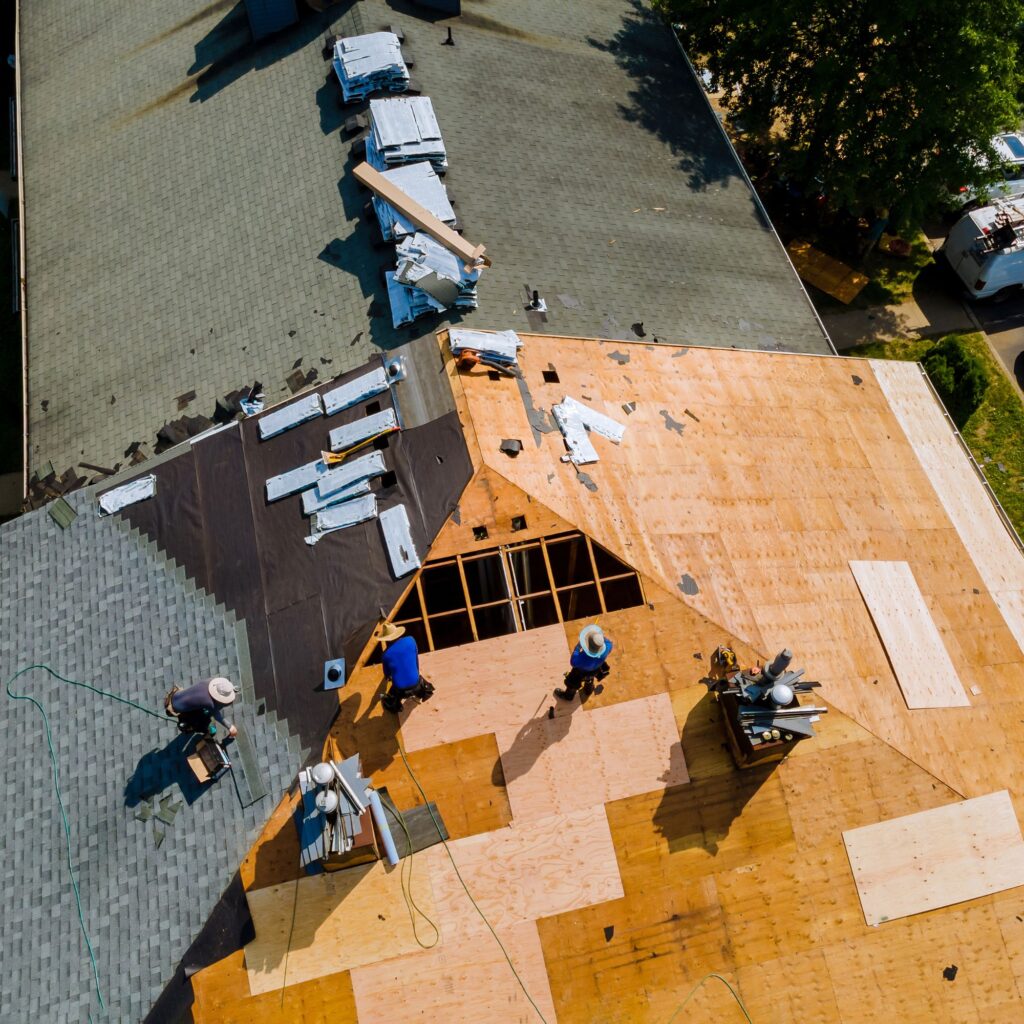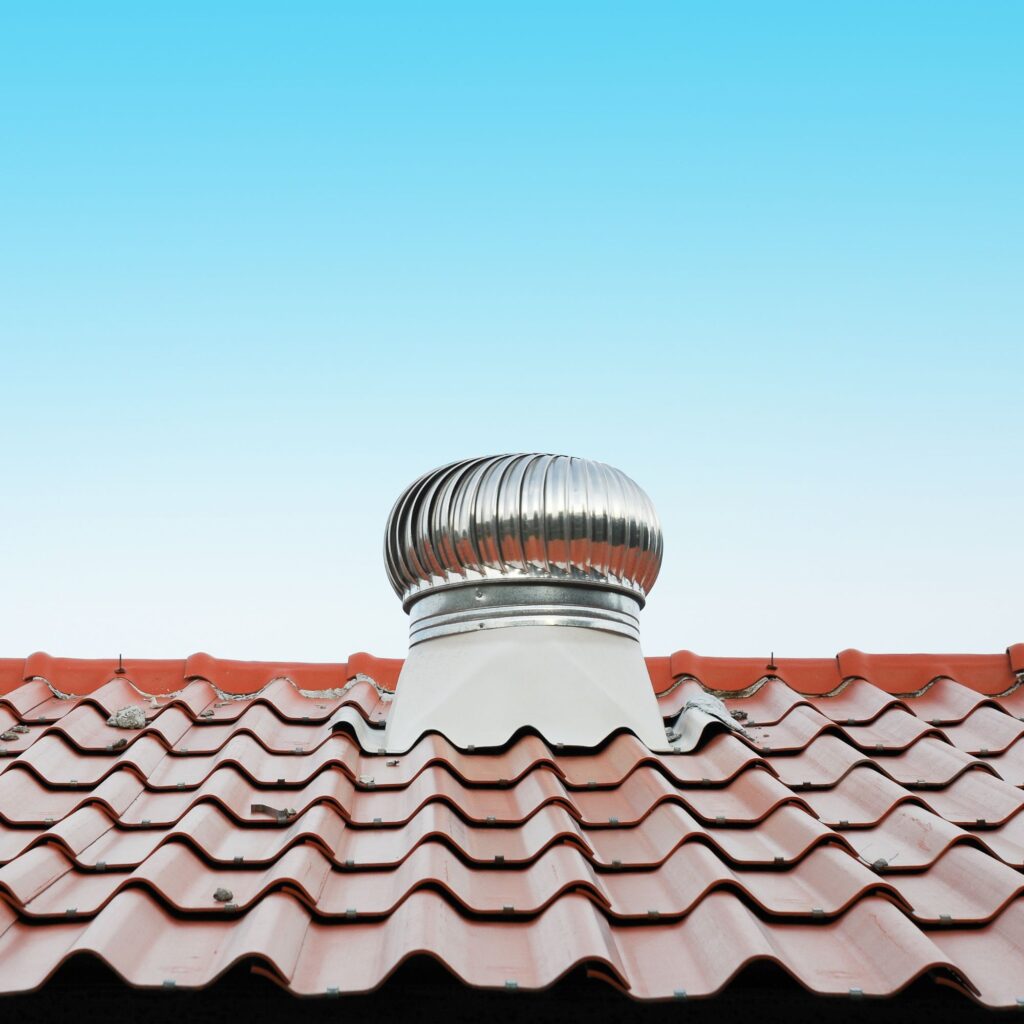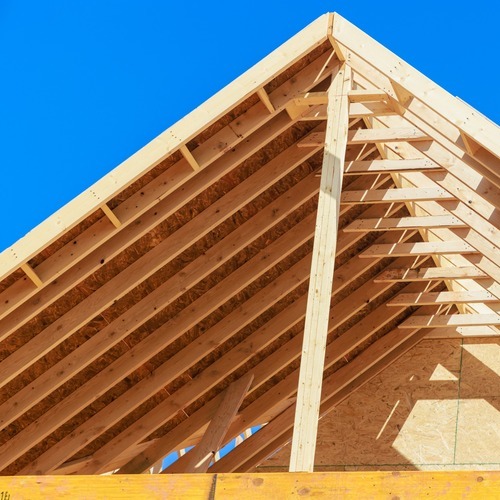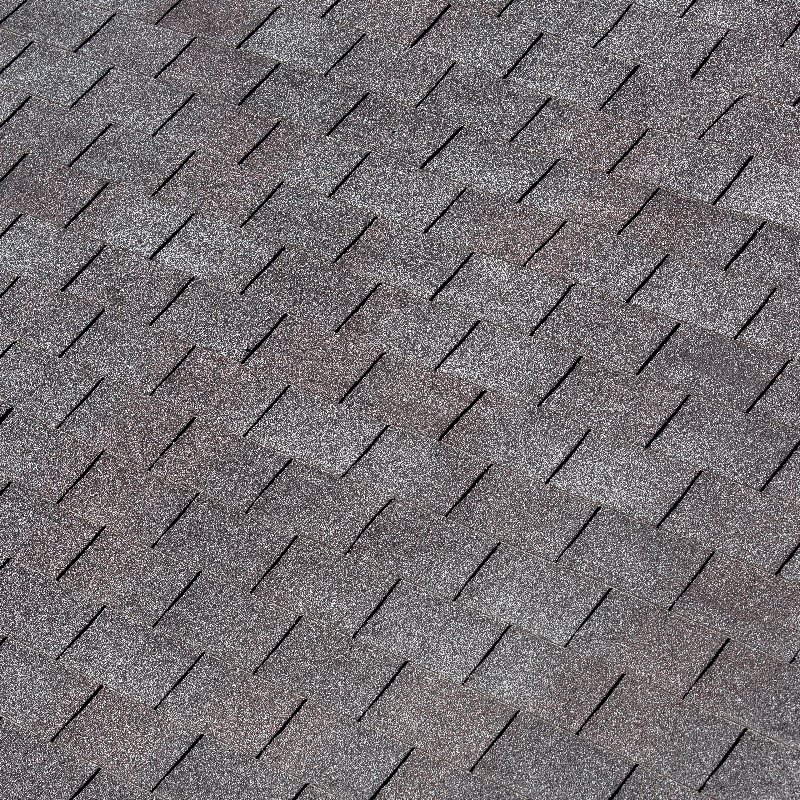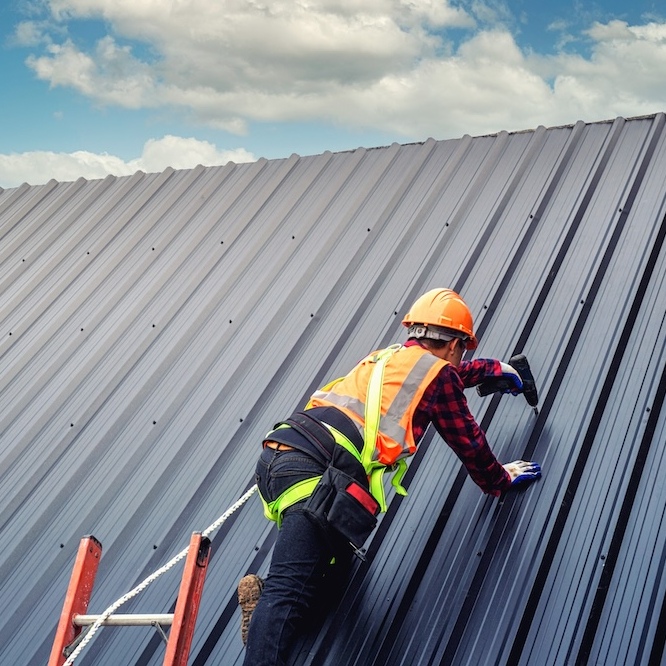
The Dynamic Growth of the Roofing Industry
The roofing industry is experiencing a transformative period of growth driven by technological advancements, increased environmental awareness, and evolving consumer demands. This expansion is not only reshaping the market landscape but also creating a wealth of opportunities for businesses and consumers alike. Understanding these growth dynamics can offer valuable insights into the future of the industry.
Technological Advancements: Revolutionizing Roofing Solutions
One of the most significant factors propelling the growth of the roofing industry is technological innovation. Cutting-edge technologies are revolutionizing how roofs are designed, installed, and maintained. For instance, drone technology is being increasingly utilized for roof inspections. Drones provide high-resolution images and data, allowing for precise assessments without the need for manual inspections, which can be both risky and time-consuming. This technological shift is making roofing more efficient and safer.
Moreover, the advent of advanced roofing materials is contributing to the industry’s expansion. Innovations such as synthetic roofing materials, cool roofs, and green roofs are gaining popularity. Synthetic materials, like polymer composites, offer enhanced durability and weather resistance. Cool roofs, designed to reflect more sunlight and absorb less heat, are improving energy efficiency in buildings. Green roofs, covered with vegetation, not only enhance insulation but also contribute to environmental sustainability by reducing urban heat islands and improving air quality.
Environmental Sustainability: Driving Eco-Friendly Roofing
Environmental concerns are reshaping consumer preferences and driving the demand for sustainable roofing solutions. Homeowners and businesses are increasingly seeking eco-friendly options that minimize environmental impact. This shift is pushing the industry towards greener practices and materials.
Solar roofing is a prime example of this trend. Photovoltaic (PV) roofing systems integrate solar panels directly into roofing materials, transforming roofs into energy-generating assets. These systems not only reduce electricity bills but also contribute to the broader adoption of renewable energy. The growing popularity of solar roofs is supported by government incentives and a global push towards reducing carbon footprints.
Additionally, recycling and waste reduction are becoming pivotal in the roofing industry. Manufacturers are developing recyclable roofing materials and promoting practices that reduce waste during installation and disposal. For instance, metal roofs, known for their longevity, are fully recyclable at the end of their life cycle. Such practices align with the circular economy model, further driving the industry’s growth by appealing to environmentally conscious consumers.
Evolving Consumer Demands: Quality, Aesthetics, and Customization
Consumer expectations are evolving, and the roofing industry is responding by offering higher quality, aesthetically pleasing, and customizable solutions. Modern homeowners and businesses are no longer satisfied with basic, utilitarian roofs; they seek options that enhance the overall look and value of their properties.
Architectural shingles, for example, are gaining popularity due to their superior durability and aesthetic appeal compared to traditional asphalt shingles. These shingles come in a variety of styles and colors, allowing for greater customization and alignment with architectural styles.
Furthermore, the trend towards smart homes is influencing the roofing industry. Smart roofing systems equipped with sensors can monitor the condition of the roof, detect leaks, and provide real-time data to homeowners and maintenance professionals. This integration of technology enhances convenience and extends the lifespan of roofing systems by enabling proactive maintenance.
Market Expansion and Economic Growth
The roofing industry’s growth is also evident in its expanding market size and economic impact. The global roofing market is projected to reach new heights in the coming years, driven by increasing construction activities and urbanization. Rapid urban development, especially in emerging economies, is creating a surge in demand for new roofing installations and replacements.
Moreover, the industry’s expansion is generating significant employment opportunities. From manufacturing and installation to sales and maintenance, the roofing sector employs a diverse workforce. This job creation is particularly vital in boosting local economies and supporting communities.
Challenges and Future Prospects
Despite the promising growth, the roofing industry faces several challenges that need to be addressed to sustain its momentum. Skilled labor shortages, fluctuating material costs, and regulatory compliance are some of the critical issues. Investing in workforce training and development, adopting cost-effective production methods, and staying abreast of regulatory changes are essential strategies for overcoming these challenges.
Looking ahead, the future of the roofing industry appears bright. Continued innovation, a stronger focus on sustainability, and an ability to adapt to changing consumer preferences will be key drivers of growth. By embracing these trends, the roofing industry is poised to not only expand but also lead the way in building a more sustainable and resilient built environment.
Conclusion
The roofing industry is undergoing a period of remarkable growth fueled by technological advancements, environmental sustainability, and evolving consumer demands. These factors are transforming traditional roofing practices and opening up new avenues for innovation and market expansion. As the industry continues to evolve, it offers a wealth of opportunities for businesses to thrive and for consumers to benefit from more efficient, sustainable, and aesthetically pleasing roofing solutions. The future of roofing is not just about protecting buildings; it’s about enhancing the quality of life and contributing to a more sustainable world.

